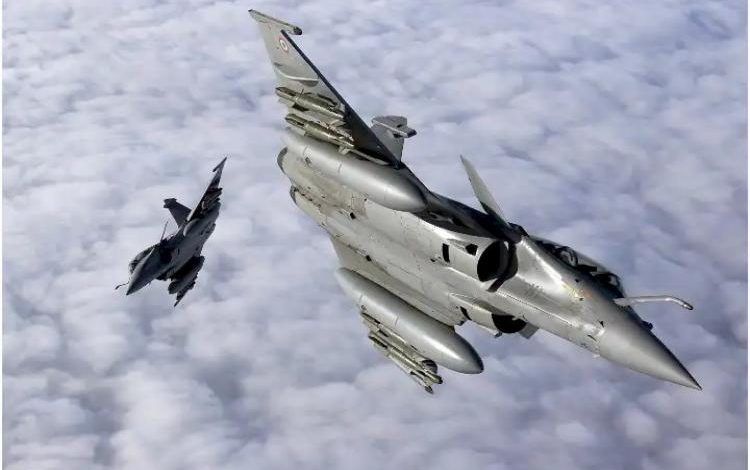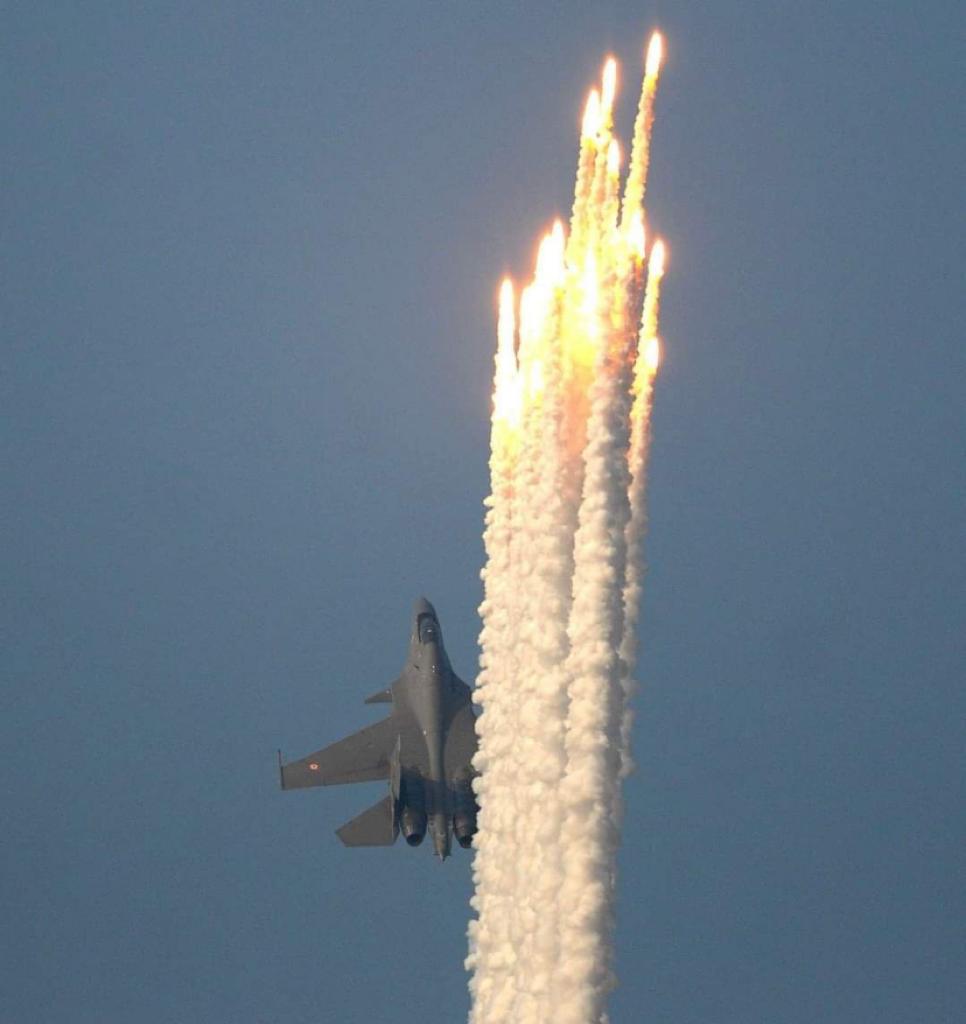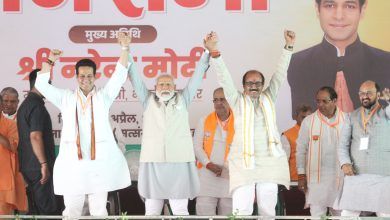Indian Air Force Has Advanced So Much in The Last 90 Years, Know Its Golden History

New Delhi: The Indian Air Force (IAF) is the fourth largest air force in the world after the US, China, and Russia. Air Force Day is celebrated on 8 October and this year marks the 90th anniversary of this day. This time the parade and flypast of the Indian Air Force are going to be organized in Chandigarh. On Air Force Day, about 80 aircraft including single-engine MiG-21 will make a grand display over Sukhna Lake in Chandigarh. Let us now tell you about the golden history of the Indian Air Force.
90 years of Indian Air Force
The Indian Air Force was officially established on 8 October 1932. Its first flight came into existence on 1 April 1933. The Indian Air Force, along with the Indian Navy and Army, has been a fundamental and important part of the country’s defense system. The IAF first came to the fore in valiant action during the Waziristan war against the tribals. Later, the IAF expanded tremendously during the Second World War. The IAF proved to be a great defense force during the war, especially in Burma. After this, it came to be known as the Royal Indian Air Force (RIAF).
As of 1 July 2017, the Indian Air Force has a sanctioned strength of 12,550 officers (12,404 serving with 146) and 142,529 airmen (127,172 serving with 15,357). The Air Force has the responsibility of not only protecting the Indian territory from all risks but also providing assistance to the affected areas during natural calamities. IAF has been involved in many wars: World War II, Sino-Indian War, Operation Cactus, Operation Vijay, Kargil War, Indo-Pakistani War, Congo Crisis, Operation Poomlai, Operation Pawan, and a few others.

Five big strengths of IAF
Dassault Rafale: At present 36 Rafale fighter aircraft are in service with the Indian Air Force. With the arrival of Rafale, India’s war power increased further. Rafale is equipped with missiles like Meteor and Hammer. Due to being multirole, the twin-engine (toin) Rafale fighter jet is capable of establishing its supremacy in the air as well as attacking by deep penetration i.e. entering the enemy’s border. When Rafale flies in the sky, no enemy aircraft, helicopter, or drone can hit close for several hundred kilometers. At the same time, he can enter the enemy’s land and cause destruction by bombing. This is the reason why Rafale is also called multi-role fighter aircraft.
Sukhoi Su-30MKI: In 2016, the government decided to add air-capable variants of BrahMos to more than 40 Sukhoi fighter jets. The project was envisioned to enhance the capability of the IAF to strike any target at sea or on land from a large ‘stand-off range’.
Mikoyan MiG-29: The MiG-29, popularly known as the Falcon, is a dedicated air superiority fighter, which forms the second line of defense of the Indian Air Force after the Sukhoi-30MKI. There are 69 MiG-29s in service, all of which have recently been upgraded to MiG-29UPG standard.
Dassault Mirage 2000: The Mirage 2000 is known as Vajra in the Indian Air Force. The IAF currently operates 49 Mirage 2000H and 8 Mirage 2000 TH, all of which are currently being upgraded to Mirage 2000-5 Mk 2 standard with Indian-specific modifications, and 2 Mirage 2000-5 Mk 2 March 2015 are in service till now.
HAL Tejas: The IAF MiG-21 is to be replaced with the domestically manufactured HAL Tejas. The first Tejas IAF unit, No 45 Squadron IAF Flying Daggers was formed on 1 July 2016. After this, on 27 May 2020, No 18 Squadron IAF “Flying Bullets” was formed. In February 2021, the Indian Air Force ordered 123 Tejas, including 40 Mark 1, 73 single-seat Mark 1 AAs, and 10 two-seat Mark 1 trainers.



